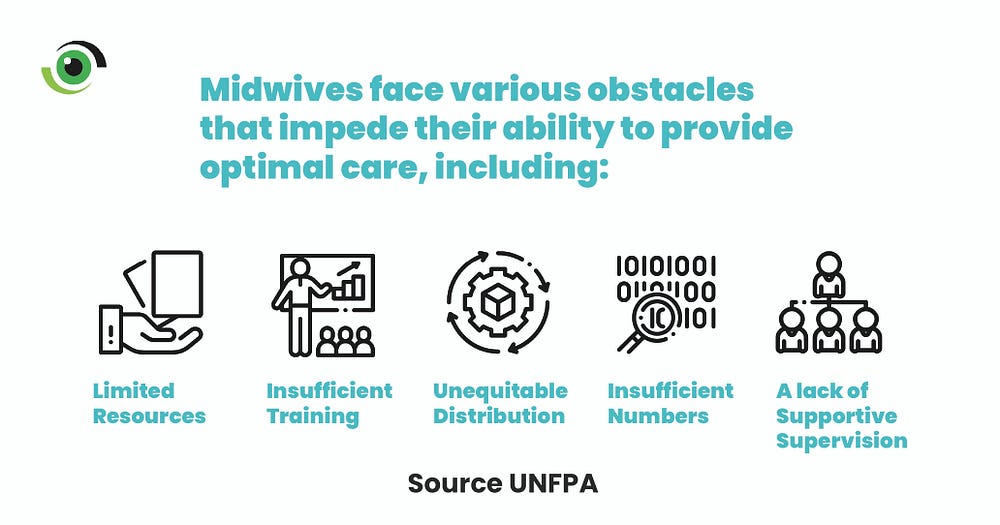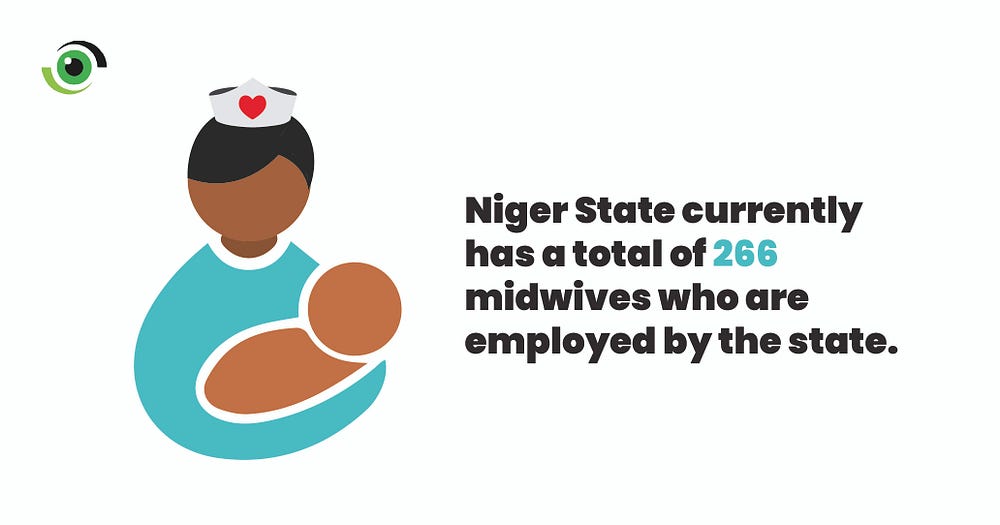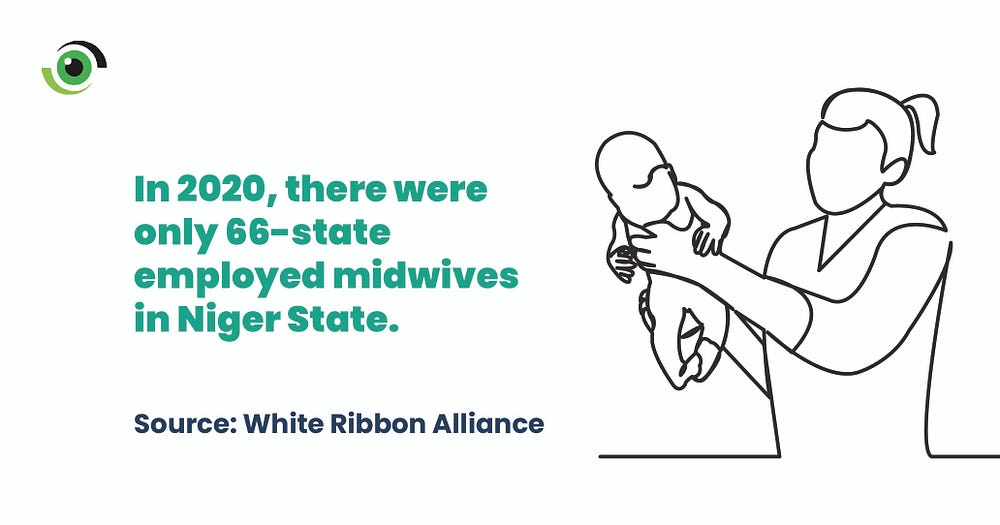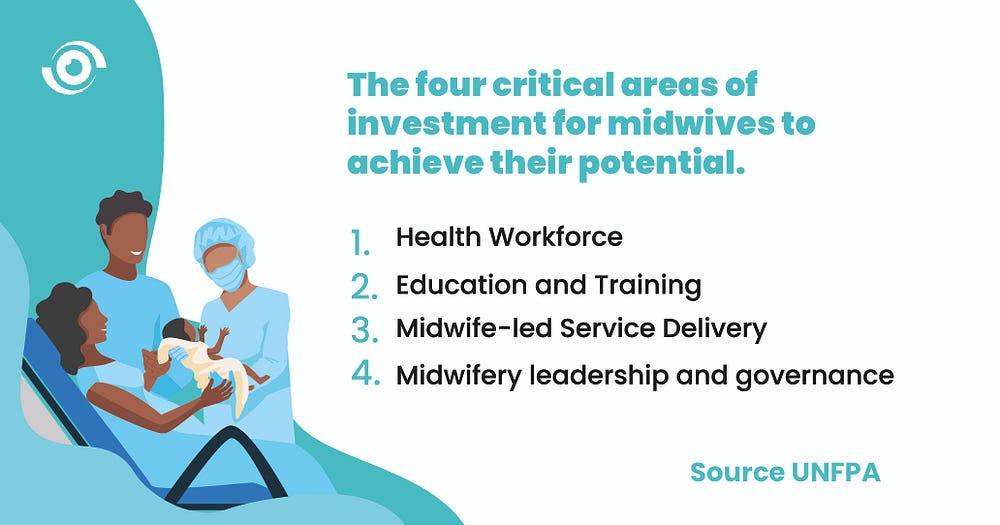[ad_1]
By Ohanu Dabri Olohije and Nanzing Lucas Haruna (Lead Writers)
Midwives play a critical role in providing essential maternal and newborn healthcare services. While timely access to health facilities is important, it is imperative to recognise the significance of access to skilled midwives to ensure safe deliveries and to promote the overall well-being of mothers and infants. However, numerous challenges have hindered their ability to deliver optimal care, including limited resources, insufficient training, insufficient numbers, inequitable distribution and a lack of supportive supervision.
According to the World Health Organization (WHO), there is a global shortage of 900,000 midwives due to multiple factors stemming, including insufficient investment in training a sufficient number of midwives to meet demand. Southeast Asia and Africa experience the most significant shortages based on their needs. Considering the critical role of midwives in preventing avoidable maternal and neonatal deaths, these numbers raise concern, especially in Nigeria, where the maternal mortality rate is an estimated 512 maternal deaths per 100,000 live births
.

In Niger State, it is estimated that 1 in every 95 women dies during pregnancy and childbirth. High attrition rates of skilled midwives, especially in remote and hard-to-reach areas, has led to midwives’ shortages, compromising the quality of care provided to pregnant women and newborns. Based on insights from the “Why Are Women Dying While Giving Birth In Nigeria” report, one of the reasons for maternal deaths is the poor distribution of healthcare workers in the state, as most prefer to work within the state capital rather than in the rural communities where there is a significant shortage of midwives.
Combating midwives’ shortage in Niger State
According to the findings of a baseline assessment to assess state budget allocation for Primary Health Care facilities, community Maternal and perinatal death surveillance and response (MPDSR) committee functionality, and midwife retention conducted in February 2023, Niger State is committed to ensuring the recruitment of over 500 nurses and midwives through the Niger State government, the Basic Health Care Provision Fund (BHCPF), GAVI, the Vaccine Alliance, and the Expanded Midwives Service Scheme (eMSS).

In 2022, leveraging the allocation from the Basic Health Care Provision Fund (BHCPF), the Niger State Primary Healthcare Development Agency (NSPHCDA) recruited 200 midwives and assigned at least one midwife to selected Basic Health Care funded facilities in the state. The state expects to carry out more recruitment activities with support from GAVI, the Vaccine Alliance. It is reassuring to see the progress that has been made in Niger State from having only 66 state-employed midwives in the state in 2020. Currently, there are 266 midwives equally distributed across selected BHCPF facilities. However, security compromised communities such as Bosso were left out of the deployment.

To discourage attrition, residents of selected communities were prioritised for the recruitment. However, a persistent challenge lies in ensuring the retention of the recruited and deployed midwives in their respective health facilities.
Retention through supportive supervision
Establishing a comprehensive and robust supportive supervision system for the newly recruited midwives in Niger State is imperative and a pivotal step towards improving maternal care and reducing maternal mortality rates in the state. The baseline assessment highlighted the need for an effective supportive supervision mechanism that would contribute to the retention of midwives in their assigned healthcare facilities.
A key recommendation from the assessment was the need to implement a structured, supportive supervision programme to encourage retention of midwives in the state. Recognising the significance of this approach, the NSPHCDA has prioritised the establishment of supportive supervision activities within the focal facilities. Mrs Aisha Ahmed Musa, the BHCPF focal person, said supportive supervisory visits were being planned in collaboration with relevant stakeholders to health facilities where midwives have been deployed. She added that the supervisory visits, were site visits to BHCPF facilities and did not include training or mentoring for the midwives.
Areas of focus
A heavy workload, inadequate resources, limited professional development opportunities, and poor working conditions can contribute to high attrition rates. Creating channels for midwives to provide feedback and share their experiences can be beneficial. Also, organising regular training sessions to equip midwives with the necessary skills and knowledge can greatly enhance job satisfaction and improve retention rates. According to the State of the World Midwifery Report published by the United Nations Population Fund (UNFPA), high-quality education and training of midwives are two of the four critical areas of investment to ensure midwives reach their full potential.
Developing platforms for regular communication, such as weekly meetings or virtual forums, can facilitate open dialogue and ensure that midwives’ concerns are heard and addressed promptly. This would promote effective communication between supervisors and midwives and ensure adequate support is provided when necessary.

Leveraging technology can be instrumental in enabling remote supervision and knowledge exchange in remote and hard-to-reach areas, where physical supervision may pose challenges. This approach allows for real-time guidance, case discussions, and knowledge sharing, bridging the geographical gap and ensuring midwives in these areas have access to mentorship and support.
Strengthening midwifery care in Niger State
The commitment to establishing supportive supervision represents a significant step forward in advancing maternal care in Niger State. Recognising the challenges of midwife retention, particularly in remote and hard-to-reach communities, Nigeria Health Watch, through the “Women’s Voices for Action,” project will provide technical assistance to facilitate the conduct of two supportive supervision visits in 25% of the focal PHCs across Niger State. This is to reinforce the state’s efforts to retain newly recruited midwives.
To effectively implement the supportive supervision programme, policymakers in the state must commit sufficient resources and assure the sustainable deployment of funds committed to midwife supportive supervision. By doing so, Niger State can improve the effectiveness and impact of the supportive supervision programme, resulting in improved maternal care outcomes in the state.
[ad_2]
Source link



